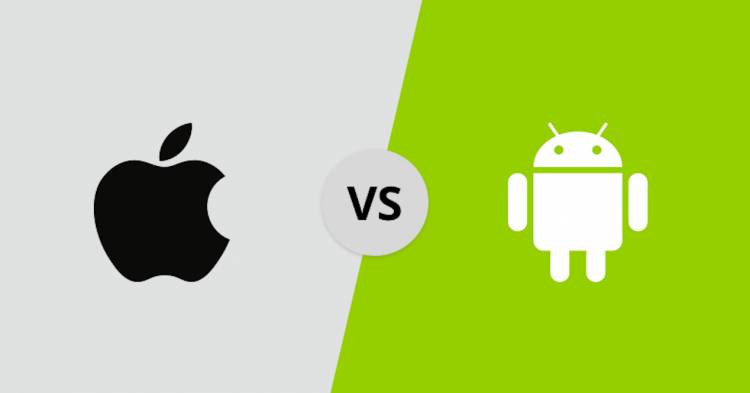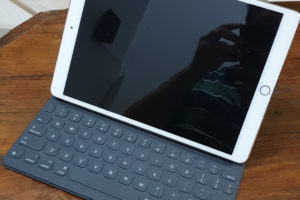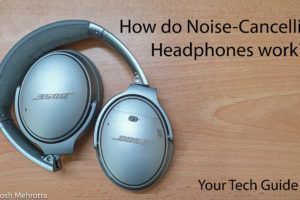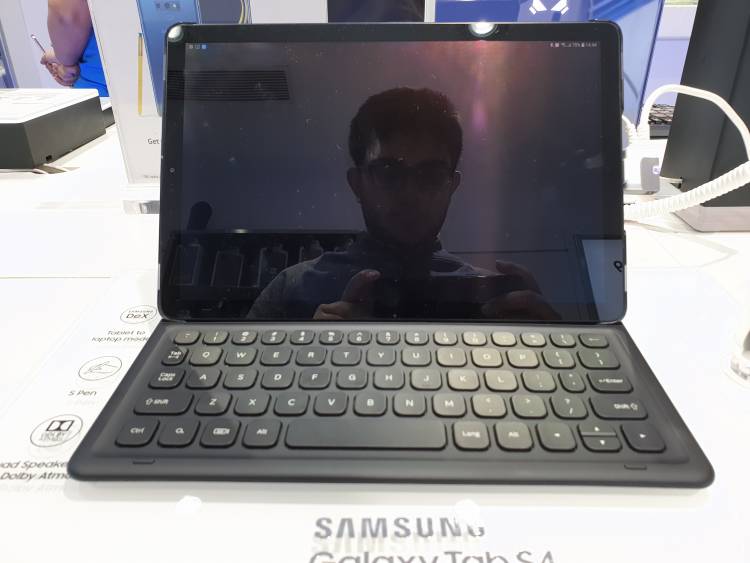The Note series by Samsung has always been a trend-setter of sorts. The original Galaxy Note was the first big screen phone, i.e. phablet, before phablets became the norm, the S-pen was, and still is, the best stylus that can be used on phones, and being the first device with a curved display. The Galaxy Note 9, this year’s flagship from Samsung, builds on this legacy, and thus packs many new features of its own. But is the Note 9 capable of going against other flagships like Google Pixel 3XL, iPhone XS Max, or OnePlus 6T? let’s find out!
Display
One thing that Samsung does exceptionally well is the display, and the Note 9 is no different. It packs a 6.4inch QHD+ Super Amoled panel, which has extremely vibrant colours and deep blacks. Watching movies on Netflix or videos on YouTube was a pleasure to the eyes on the wide 18.5:1 aspect ratio of the Note 9. Being an OLED display, it substantially enhances the all-over viewing experience with high contrast ratios and sharp colours.
Talking about colours, the display produced very accurate colours, while covering 224% of the sRGB colour gamut. Though some people might find the colours to be a little over-saturated, but that wasn’t a problem for me.
The Note 9 also has four display modes built-in, but I found the default Adaptive Display to be the most versatile among them. It also packs in a blue-light filter, which significantly reduces eye-strain while using the phone at night.
Design
The Galaxy Note 9 is largely similar to last year’s Note 8, when it comes to design. It gets the same overall form factor that Samsung introduced with the Note 8. The dimensions are identical too, both devices being 6.4inches tall and 0.34inches deep. The Note 9 packs a tiny-bit larger screen at 6.4inches, compared to Note 8’s 6.3inches. The Note 9 is also a tad bit heavier at 7.1ounces, and has a slightly narrower bottom bezel (which Samsung calls Infinity Display 2.0). But you won’t be alone if you couldn’t distinguish between the two.
One big, and very welcome, change in the design is the placement of the fingerprint sensor. I distinctly remember the amount of finger movement that was needed just to reach the sensor in Note 8. But that’s all in the past, the fingerprint sensor is now placed below the camera module, which is so much easier to reach for people with small fingers. Also, it still has the 3.5mm headphone jack, so earphone users rejoice!
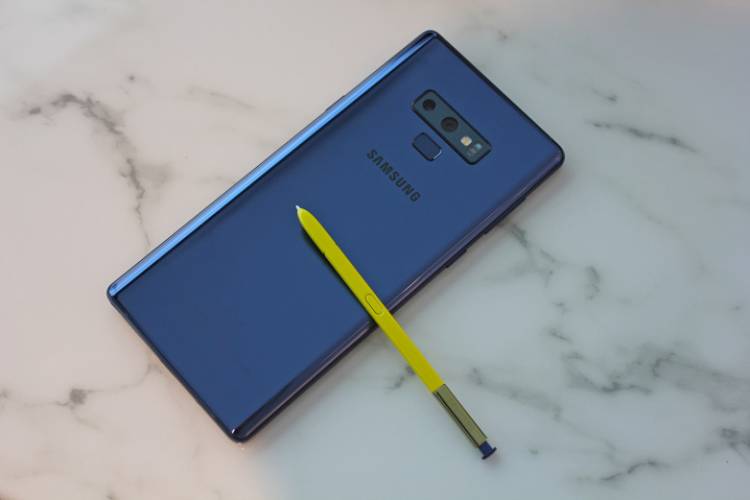
Performance
The Samsung Galaxy Note 9, being a flagship level phone, packs in flagship level specs. It is powered by the Qualcomm Snapdragon 845 in the United States, and the Samsung-made Exynos 9810 SoC in other countries. Both these processors are extremely powerful and fast, and capable of AI and AR. Apart from the processor, the Note 9 comes in two variants: 6GB of RAM with 128GB of storage, and 8GB of RAM and 512GB of storage. The device that I tested was the one with 8GB of RAM and 512GB of storage.
Thanks to the flagship specs, I encountered no lag or stutter while going through the UI. The apps were extremely fast to open, even when using many apps at a time. Multi-tasking was a breeze, with the capability of keeping more than 1 app on the screen at the same time. Samsung has shipped the Note 9 with Android 8.0 Oreo out of the box, with Samsung Experience 9.5 on top. It is mostly similar to Note 8, with only slight improvements.
The most interesting part is that Samsung says it included a water-cooling system in the Note 9, which promises to keep the Note 9 much cooler than other devices during intensive activities. But, during my usage, I found very little difference between the temperature level of the Note 9 in comparison to the Note 8.
Another major improvement over the Note 8 is the S-pen, it now has Bluetooth connectivity. The S-pen is now capable of acting like a remote-of-sorts, and control the Note 9 remotely. I found it to be extremely practical to use. It can be used for doing many tasks, and the buttons can also be configured according to your preference. It allows you to flip through slides in a presentation, click photos, control the stopwatch, and much more.
Talking about the battery, the Samsung Galaxy Note 9 packs in a 4000mAh battery. It is a huge increase from the 3300mAh cell found on the Note 8. But despite having a larger capacity, the battery life of the phone has not increased much, but it is enough to last you the whole day. In my tests, it lasted for around 12 hours which, though less than the Google Pixel 3XL or the OnePlus 6T, would be enough for most users. It also has fast charging, which can charge the phone from 0 to 100 in about 2 hours.
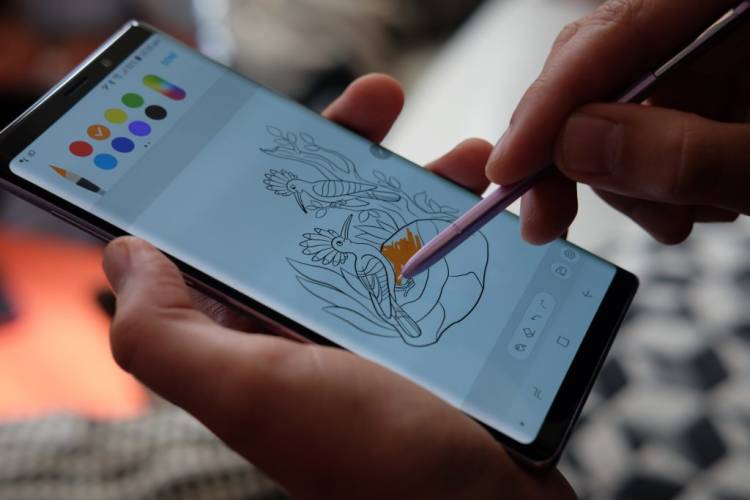
Camera
The Samsung Galaxy Note 8 already had one of the best cameras in phones, but the Note 9 is an improvement over that. The camera is a dual-lens system, with both cameras at 12MP and one having dual aperture f/15 and f/2.4. The camera produces very sharp and vibrant photos, though not as good as the Google Pixel 3XL. The photos look extremely realistic, with the colours being less over-saturated than on the Note 8.
Low light photography is where the Note 9 shines the most, with its dual-aperture lens. The camera automatically shifts from f/2.4 to f/1.5 when it senses lack of light. This enables more light to come in and reach the sensor, thus producing brighter photos.
Another improvement is the inclusion of AI in the camera. The AI helps the Note 9 in recognizing up to 20 scenes through its Scene Optimiser feature. This really takes up the quality up a notch. It makes the photos pop by increasing the contrast and saturation. But I personally prefer the Pro mode more than the Scene Optimiser. It is extremely capable and feature-rich, and I was able to click DSLR-level photos using the Pro mode on the Note 9. Verdict The Samsung Galaxy Note 9 is an extremely capable phone, with top-of-the-line specs and a great camera. But there is nothing that really makes the Note 9 stand out among other Android flagships. I would suggest this device for people who like the idea of using a S-pen or are extreme power users as it has good multi-tasking capabilities and would be great for power users with its improved S-pen and ability to connect to an external display using just a cable while in Dex Mode.
Verdict
The Samsung Galaxy Note 9 is an extremely capable phone, with top-of-the-line specs and a great camera. But there is nothing that really makes the Note 9 stand out among other Android flagships.
I would suggest this device for people who like the idea of using a S-pen or are extreme power users as it has good multi-tasking capabilities and would be great for power users with its improved S-pen and ability to connect to an external display using just a cable while in Dex Mode.
![]()






